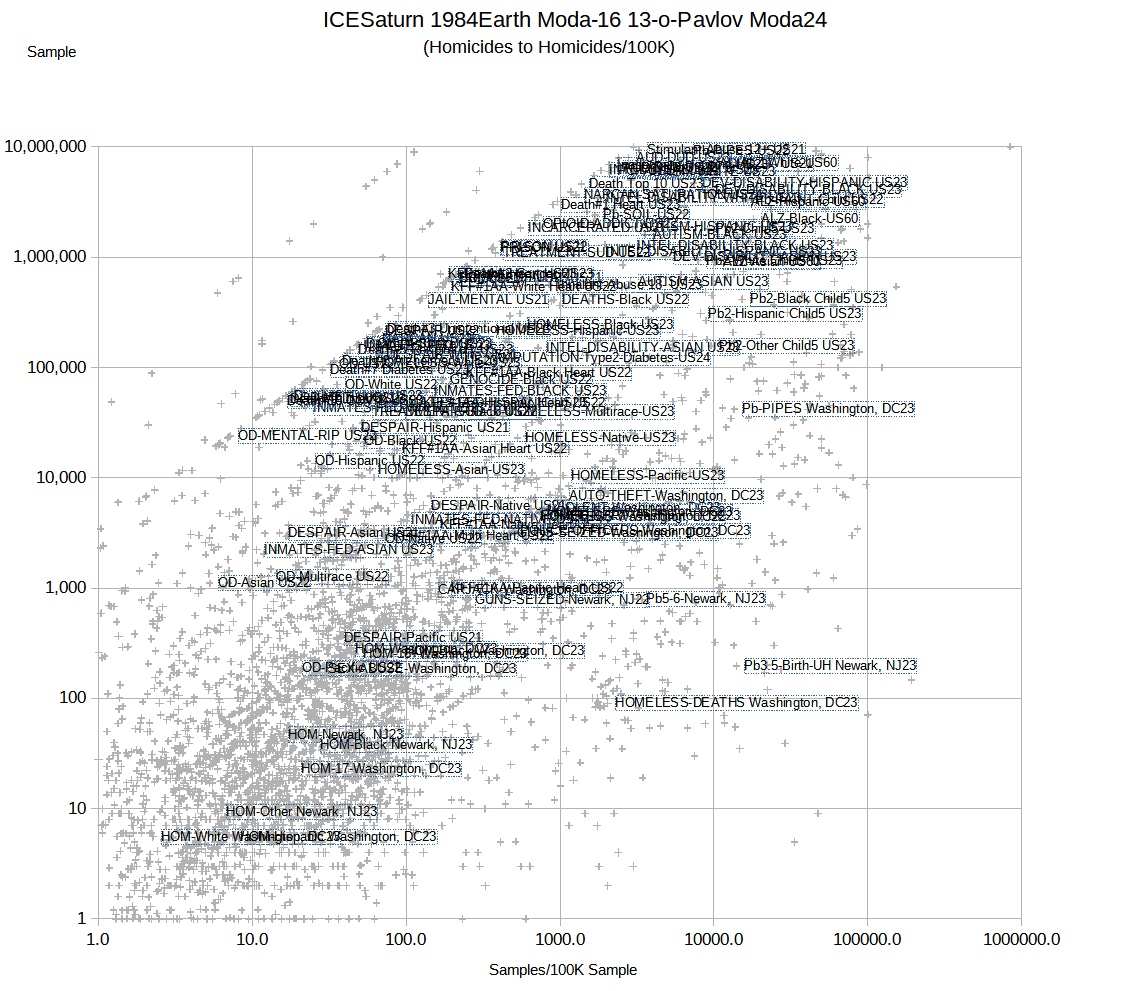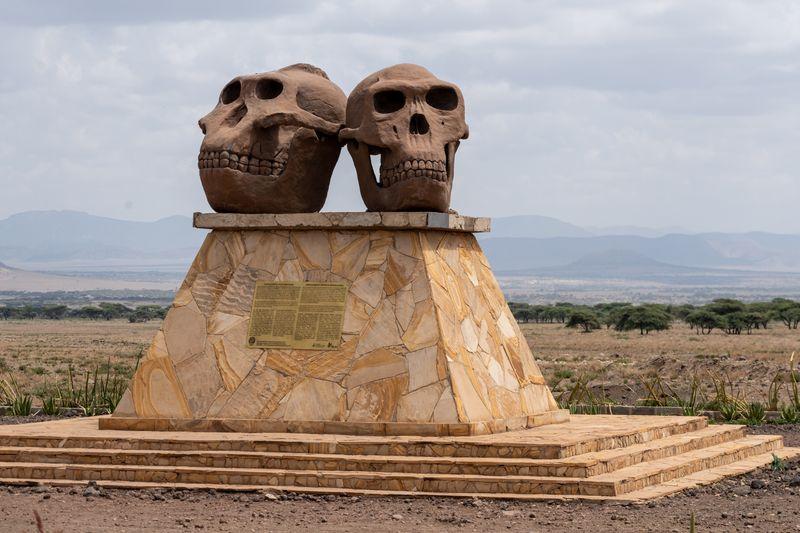
The Rift Valley May Not Be The Cradle Of Humankind After All
Ancient humans probably lived outside the rift – we just haven't found them yet.
Benjamin Taub
The story of our species begins in Africa, although our ability to tell that story is based on patchy evidence that has been steadily vanishing for the past 2 million years. Much of what’s left comes from the famous East African Rift System (EARS) – often referred to as the Cradle of Humankind – although the reality is that we don’t really know what early humans were up to outside of the Rift Valley.
Because vertebrate fossils only tend to survive if they are preserved in sedimentary rocks, ancient hominid remains are typically found in sedimentary basins. As a result, the early human fossil record is concentrated in a few hotspots where the geological conditions have allowed for the long-term preservation of these remains.
“If this east–west pattern of size-related clinal variation held true for hominin cranial morphology, then the rift would systematically miss out on this aspect of variation, leading researchers to systematically underestimate morphological variation in early hominin populations,” write the study authors. In other words, we have no idea how the hominids living within the Rift Valley might have compared to those from elsewhere in Africa, whose remains are no longer available for study.
Commenting on these findings, co-author Bernard Wood said that “we must avoid falling into the trap of coming up with what looks like a comprehensive reconstruction of the human story, when we know we don’t have all of the relevant evidence.”
“Imagine trying to capture the social and economic complexity of Washington D.C. if you only had access to information from one neighborhood,” Wood adds. “It helps if you can get a sense of how much information is missing.”
The study is published in the journal Nature Ecology & Evolution.
https://www.iflscience.com/why-the-rift-valley-may-not-be-the-cradle-of-humankind-after-all-75620


Comments1
social and economic complexity of Washington D.C.
“Imagine trying to capture the social and economic complexity of Washington D.C. if you only had access to information from one neighborhood,” Wood adds. “It helps if you can get a sense of how much information is missing.”